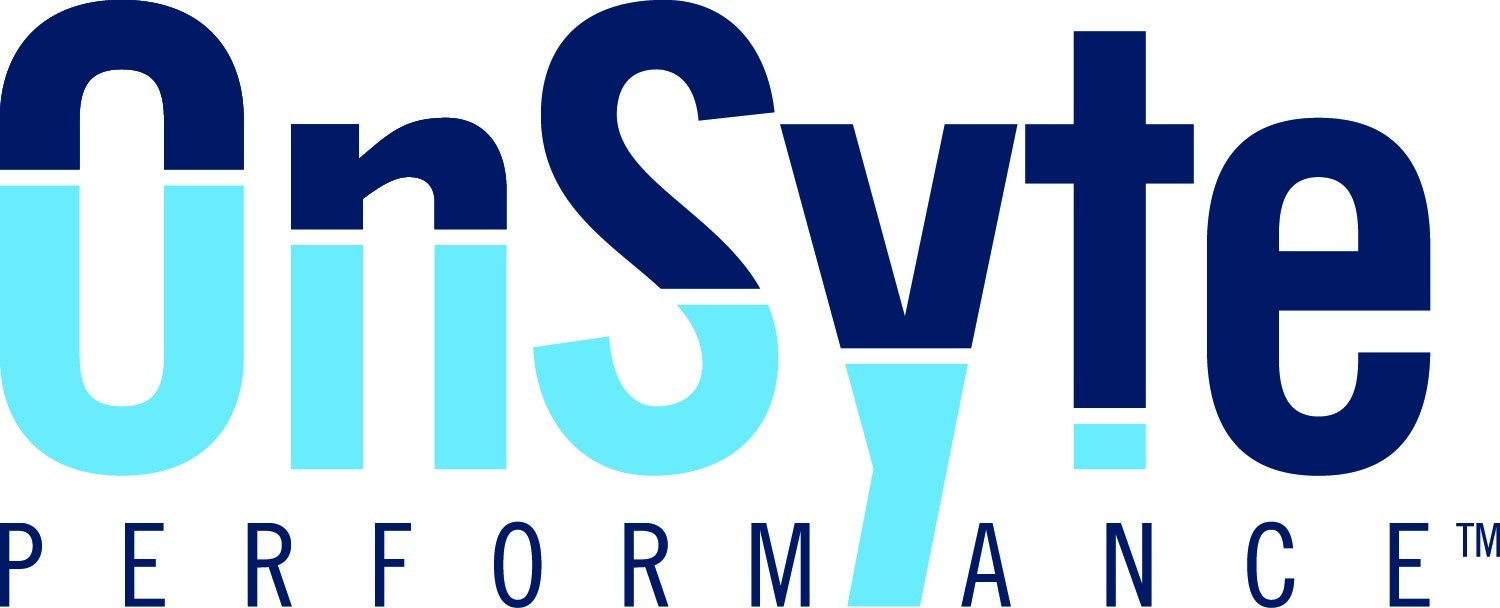
BY RALPH DEMEO

AND ASHLEY LANDERWERLEN
The City of Tampa is working with Carollo Engineers, an environmental engineering firm specializing in planning, designing, and constructing water and wastewater facilities, to implement state-of-the-art Suspended Ion Exchange (SIX) technology into its water purification process. Once fully implemented, Tampa will become the first U.S. city to use SIX filtration technology to eliminate harmful per- and polyfluoroalkyl substances (PFAS) from its drinking water.
PFAS is a pervasive family of man-made compounds that include 5,000 chemicals. PFAS are commonly referred to as “forever chemicals,” considering the carbon-fluorine bond that holds the molecules together is one of the strongest. As a result, PFAS degrades very slowly in the environment. Their persistence in the environment and prevalence across the country make PFAS a unique water quality concern.
In addition to being referred to as “forever chemicals,” PFAS are also described as “everywhere chemicals.” Since the 1940s, PFAS have been widely used in consumer and industry products. Two prominent PFAS chemical compounds include perfluorooctanoic acid (PFOA), used to make Teflon and other similar chemicals, and perfluorooctane sulfonate (PFOS), used to make stain repellents and fire-fighting foams. PFAS chemicals are also commonly used in personal care products and cosmetics (e.g., shampoo, dental floss, nail polish, eye makeup), cleaning products, and products that resist grease, water, and oil, such as microwave popcorn bags, potato chip bags, pizza boxes, and candy wrappers.
Toxic exposure to PFAS occurs in several ways, including drinking contaminated municipal water or private well water, eating food grown or raised near places that use or manufacture PFAS, eating fish caught from water contaminated by PFAS, accidentally swallowing PFAS contaminated soil or dust, eating food packaged in material that contains PFAS, or accidentally swallowing residue or dust from PFAS-containing consumer products such as stain-resistant carpeting and water repellent clothing.
According to the Centers for Disease Control and Prevention’s (CDC) Agency for Toxic Substances and Disease Registry (ATSDR), nearly all people in the U.S. have been exposed to PFAS and have some measurable amount of the chemicals in their blood. A 2016 National Toxicology Program review found that exposure to PFAS is hazardous to humans based on evidence that the chemicals suppress the immune system’s antibody response.
Other peer-reviewed scientific research suggests that exposure to certain PFAS may lead to reproductive effects such as decreased fertility or increased blood pressure during pregnancy, development effects or delays in children, increased risk of some cancers, interference with the body’s natural hormones, increased cholesterol levels, and increased risk of obesity.
In March 2023, the U.S. Environmental Protection Agency (EPA) announced the proposed National Primary Drinking Water Regulation (NPDWR) to establish legally enforceable levels, called Maximum Contaminant Levels (MCLs), for six PFAS found in drinking water. A finalized rule officially setting health-protective levels for these six specific PFAS in drinking water is expected to be announced in early 2024.
In January 2024, the EPA finalized a rule that prevents companies from starting or resuming the manufacture or processing of 329 PFAS that have not been made or used for many years without complete EPA review and risk determination. Without this rule, companies could have resumed using these PFAS absent notification to and review by the EPA.
Tampa is one community that has observed elevated levels of PFAS in its drinking water, with the highest recorded levels of PFOA and PFOS at six parts per trillion. The EPA’s proposed limit for PFOA and PFOS is four parts per trillion. Tampa’s primary water source is the Hillsborough River. Raw river water is purified into drinking water at the David L. Tippin Water Treatment Facility (DLTWTF). The DLTWTF is a surface water treatment plant that produces, on average, 76.7 million gallons of potable drinking water a day for Tampa’s customers.
To address the growing concerns of PFAS contamination and get ahead of the EPA’s anticipated limits on PFAS in drinking water, in 2020, the City of Tampa contracted Carollo Engineers to explore cost-effective alternatives that improve the DLTWTF’s long-term reliability and flexibility in meeting state and national goals for finished water quality. At Carollo’s recommendation, Tampa adopted innovative SIX technology developed in the Netherlands. This non-proprietary advanced water treatment technology specializes in high-efficiency organics removal, thereby enabling downstream filtration to remove PFAS.
In particular, the SIX system filters PFAS from drinking water by first removing organic matter, such as decaying vegetation, from raw water. Removing organic matter from raw water early in the treatment process improves all other following stages, making the system more efficient. To remove PFAS from drinking water, SIX technology mixes a resin compound with water sourced from the Hillsborough River. Ion exchange resins are like tiny, powerful magnets that attract and hold the contaminated materials from passing through the water system. Negatively charged ions of PFAS are attracted to the positively charged anion resins, which, in turn, improves finished water quality.
Following Tampa’s 10-month, $1.9 million pilot program, the SIX system improved the DLTWTF’s overall treatment outcomes. Tampa’s large-scale implementation of SIX at the DLTWTF, which is part of a larger infrastructure improvement plan approved by Tampa’s City Council, is expected to cost $200 million and be fully implemented by 2032. While water and wastewater usage rate increases will take effect every October until 2040, City officials report that Tampa’s implementing SIX into its water treatment process will ultimately reduce overall operating costs and the amount of chemicals needed to treat drinking water, generating $1.6 million in annual savings.
Overall, adopting innovative SIX technology represents a significant investment in improving water quality and addressing PFAS found in Tampa’s water supply, with additional long-term benefits in treatment efficiency and cost savings.
Ralph DeMeo is a Shareholder at Guilday Law and Ashley Landwerlen is a Third-Year Florida State University Law Student


























